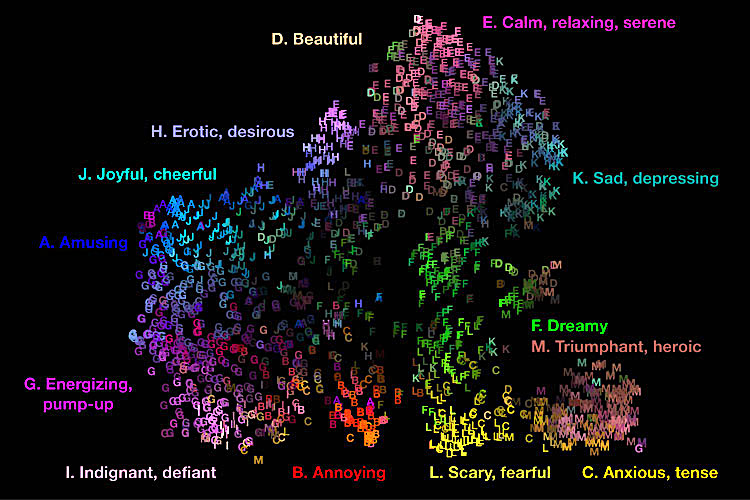In 1979, mathematician Kurt Gödel, artist M.C. Escher, and composer J.S. Bach walked into a book title, and you may well know the rest. Douglas R. Hofstadter won a Pulitzer Prize for Gödel, Escher, Bach: an Eternal Golden Braid, his first book, thenceforth (and henceforth) known as GEB. The extraordinary work is not a treatise on mathematics, art, or music, but an essay on cognition through an exploration of all three — and of formal systems, recursion, self-reference, artificial intelligence, etc. Its publisher settled on the pithy description, “a metaphorical fugue on minds and machines in the spirit of Lewis Carroll.”
GEB attempted to reveal the mind at work; the minds of extraordinary individuals, for sure, but also all human minds, which behave in similarly unfathomable ways. One might also describe the book as operating in the spirit — and the practice — of Herman Hesse’s Glass Bead Game, a novel Hesse wrote in response to the data-driven machinations of fascism and their threat to an intellectual tradition he held particularly dear. An alternate title (and key phrase in the book) Magister Ludi, puns on both “game” and “school,” and alludes to the importance of play and free association in the life of the mind.
Hesse’s esoteric game, writes his biographer Ralph Freedman, consists of “contemplation, the secrets of the Chinese I Ching and Western mathematics and music” and seems similar enough to Hofstadter’s approach and that of the instructors of MIT’s open course, Gödel, Escher, Bach: A Mental Space Odyssey. Offered through the High School Studies Program as a non-credit enrichment course, it promises “an intellectual vacation” through “Zen Buddhism, Logic, Metamathematics, Computer Science, Artificial Intelligence, Recursion, Complex Systems, Consciousness, Music and Art.”
Students will not study directly the work of Gödel, Escher, and Bach but rather “find their spirits aboard our mental ship,” the course description notes, through contemplations of canons, fugues, strange loops, and tangled hierarchies. How do meaning and form arise in systems like math and music? What is the relationship of figure to ground in art? “Can recursion explain creativity,” as one of the course notes asks. Hofstadter himself has pursued the question beyond the entrenchment of AI research in big data and brute force machine learning. For all his daunting erudition and challenging syntheses, we must remember that he is playing a highly intellectual game, one that replicates his own experience of thinking.
Hofstadter suggests that before we can understand intelligence, we must first understand creativity. It may reveal its secrets in comparative analyses of the highest forms of intellectual play, where we see the clever formal rules that govern the mind’s operations; the blind alleys that explain its failures and limitations; and the possibility of ever actually reproducing workings in a machine. Watch the lectures above, grab a copy of Hofstadter’s book, and find course notes, readings, and other resources for the fascinating course Gödel, Escher, Bach: A Mental Space Odyssey archived here. The course will be added to our list, 1,700 Free Online Courses from Top Universities.
Related Content:
How a Bach Canon Works. Brilliant.
Mathematics Made Visible: The Extraordinary Mathematical Art of M.C. Escher
Josh Jones is a writer and musician based in Durham, NC. Follow him at @jdmagness



